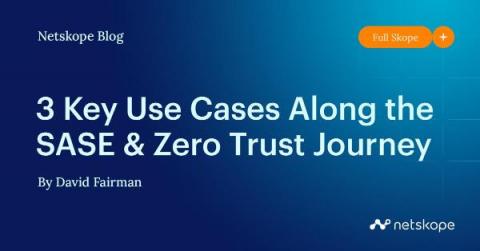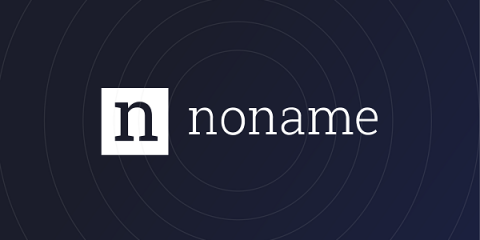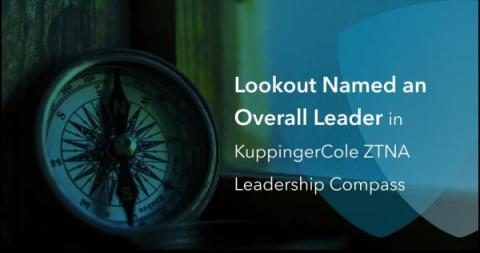3 Key Use Cases Along the SASE & Zero Trust Journey
In the first part of this blog series, I took a look at how an understanding of digital strategy and digital risk is key to starting a security transformation journey. And in the second, I dug further into how a secure access service edge (SASE) architecture with security service edge (SSE) capabilities and zero trust principles can help mitigate the types of digital risk. In this final part, I will outline a few key use cases to show all of these elements in action.










